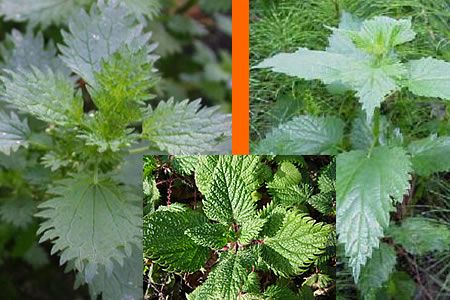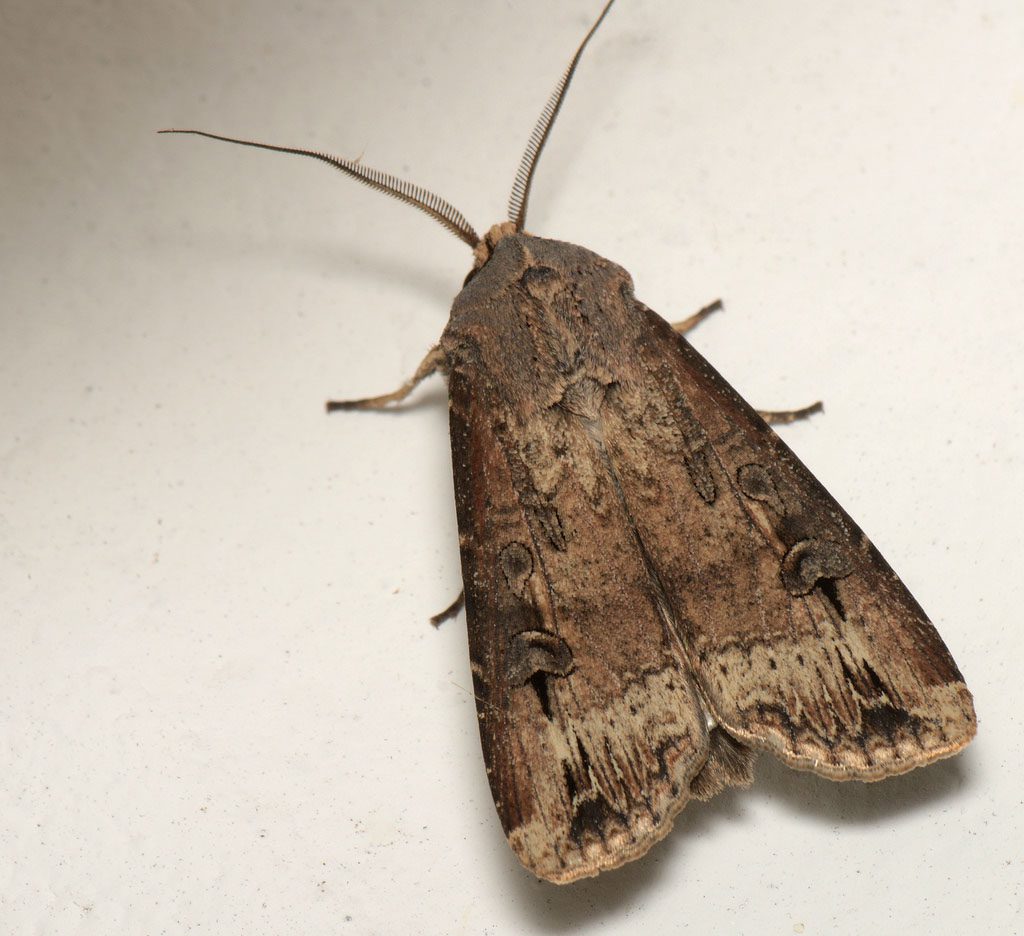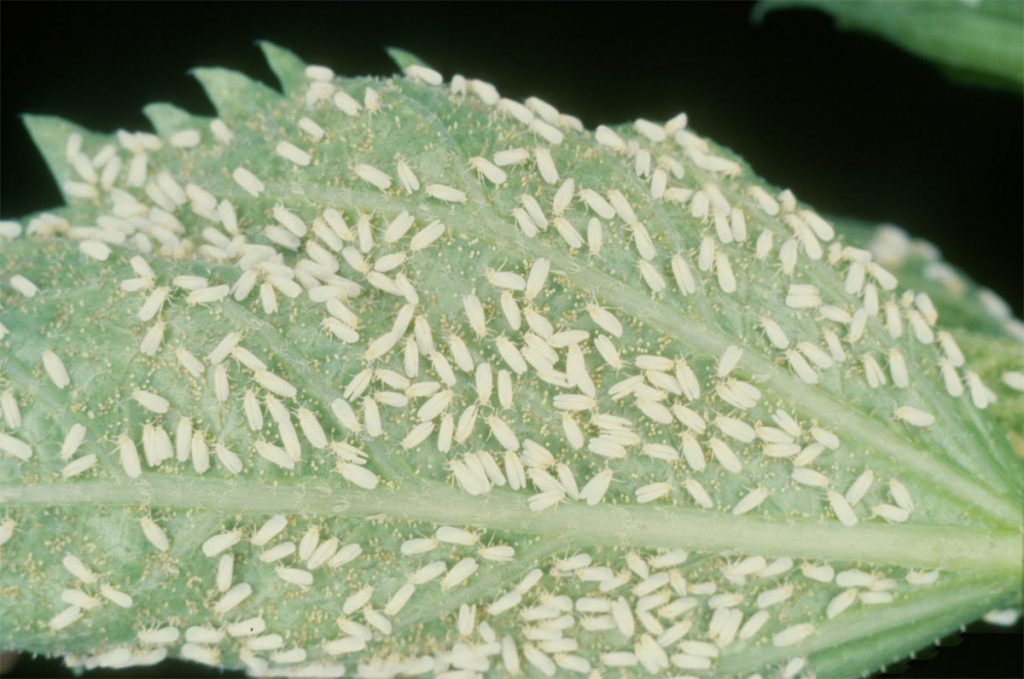Black bean aphid attacks solanaceae, cucurbits, leafy vegetables, legumes, ornamental and native plants.
Scientific name: Aphis fabae
Greek name: Μαύρη Αφίδα των Κουκιών
Damage
The leaves are often twisted. Aphids form dense colonies on the back surface of the leaves and exude honeydew. Plants show delayed growth. They transmit the beet jaundice virus, which causes the symptom of yellowing of the leaves.
Enemy
Adults are 2-3 mm long, black in color and have short dark-colored tubular appendages (siphons) on the abdomen. Winged and wingless forms coexist.
The nymphs resemble the adults in appearance.
Notes
Found in all beet productive fields. Warm, dry weather favors infestation. The aphid damages the beet by its feeding activity (sucking of plant juices) and by transmitting viral diseases.
Source
www.bayercropscience.gr
Black bean aphid
Black bean aphid (Koppert)
Tags: APHIDS • PLANTS ENEMY





